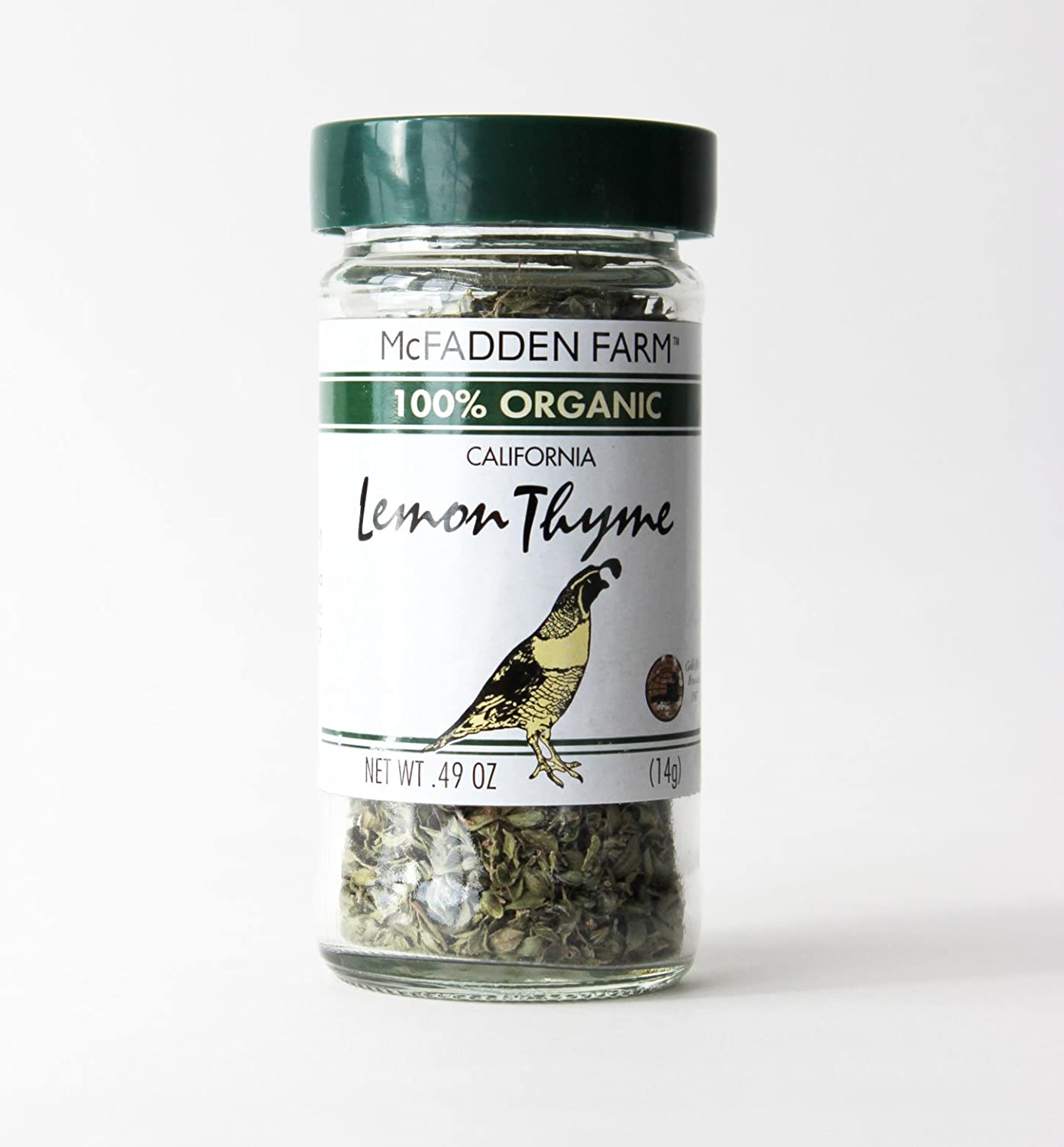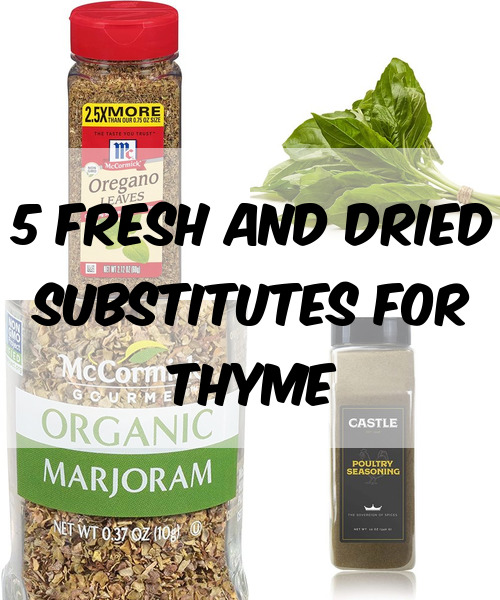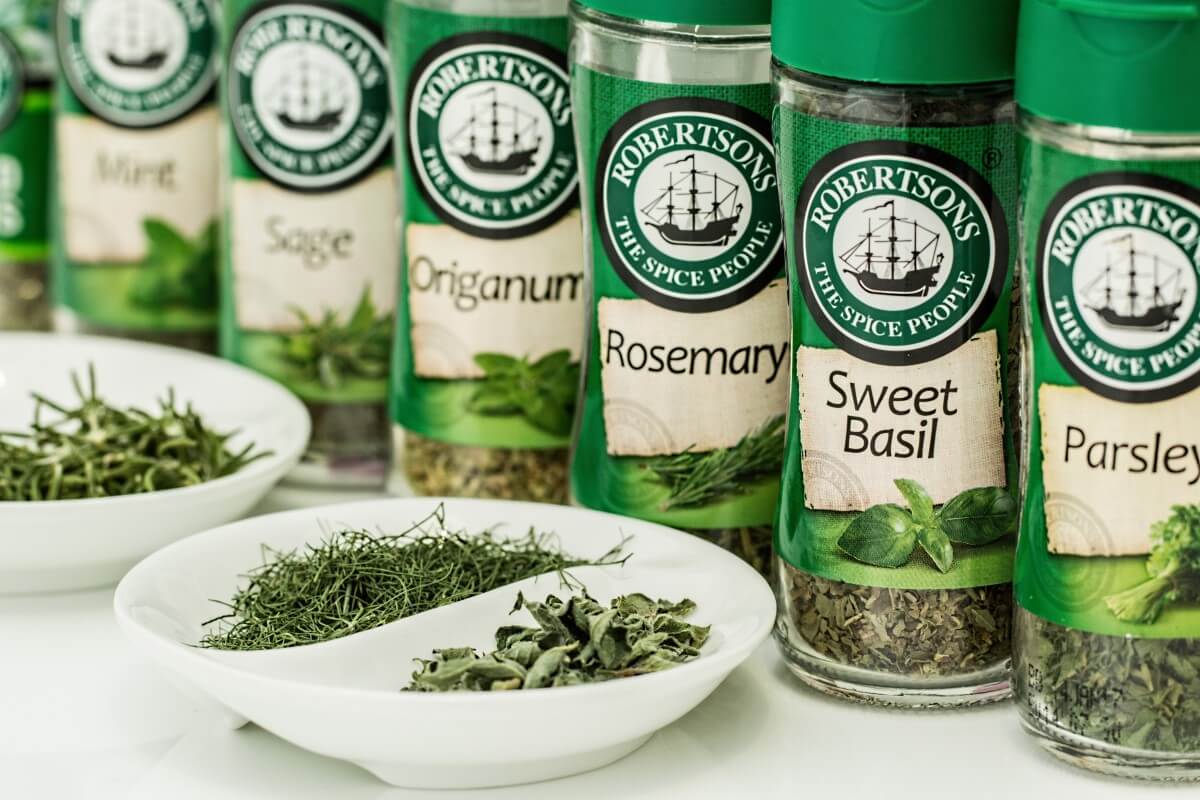
Mediterranean-inspired pasta: A vibrant dish highlighting the flavors of basil, marjoram, and thyme, tossed with garlic, tomatoes, and olives.ģ. Herb-encrusted roast chicken: A classic dish brought to life with a delectable thyme, oregano, and rosemary mix, perfect for dinner parties or cozy family meals.Ģ. Try these top recipes that showcase thyme and its alternatives in harmony with a variety of ingredients, creating dishes that are sure to impress.ġ. Looking to delight your taste buds with the flavors and aromas of thyme and its substitutes? You’re in luck! In summary, reducing the need for substitutes by growing thyme at home offers numerous advantages – enhancing the taste of your dishes, driving culinary creativity, and saving money while promoting a healthier approach to cooking.
Thyme seasoning substitute free#
Plus, there’s an added satisfaction of using herbs you’ve grown yourself, knowing they’re free from pesticides and harmful chemicals.
/thyme-184084524-582244a93df78c6f6a37179c.jpg)
When you regularly use thyme in your cooking, cultivating your own plant can save you a considerable amount of money in the long run. Moreover, growing your own thyme can be cost-effective, as store-bought herbs can be pricey. The convenience of having thyme readily available is an incentive to try out new recipes, leading to a more diverse and adventurous culinary experience. Having a constant supply of fresh thyme also encourages home cooks to experiment more with different dishes. This allows for a more authentic and distinct taste in your recipes, as you don’t have to rely on alternative ingredients that might alter the flavor profile. One of the main benefits of growing your own thyme at home is that you’ll always have this versatile herb on hand, reducing your reliance on substitutes. Experiment and adjust the ratios as needed to create the perfect flavor profile for your meal. However, rosemary, oregano, and savory remain popular and versatile options to consider. Ultimately, the best substitute for thyme in beef recipes will largely depend on the specific dish you’re preparing. Try replacing thyme with an equal amount of savory for a seamless switch. With its mild peppery taste, savory offers depth to rich, meaty meals. Savory, though lesser-known, can be a surprisingly fitting replacement for thyme in beef dishes. Remember to start with half the amount of the required thyme and adjust according to your taste. Oregano has a slightly stronger flavor than thyme, so use it sparingly to avoid overpowering the dish. If rosemary isn’t available, oregano is another good alternative. This woody herb offers a similar earthy taste and can withstand long cooking times. Thyme is a popular choice, but if you’re out of thyme and need a substitute, rosemary can be your best bet.

When it comes to beef recipes, the robust flavors often call for equally strong herbs. – Creeping thyme (Thymus serpyllum): Offers a mild earthy flavor and is often used as ground cover in gardens.įamiliarizing yourself with the range of thyme varieties can unlock new culinary possibilities, while experimenting with substitutes can help diversify your dishes even more.

– Caraway thyme (Thymus herba-barona): Named for its caraway-like scent, adding a sharp, tangy taste to dishes.

– Lemon thyme (Thymus citriodorus): Exhibits a lively citrus aroma, ideal for chicken, fish, and vegetable recipes. – Common thyme (Thymus vulgaris): The most widely used variety in cooking, with a strong, distinct flavor. There are over 350 varieties of thyme, each with its unique flavor profile. The Greeks used thyme for culinary purposes and as incense, while the Romans incorporated it into their baths and perfumes. It originated in the Mediterranean region, and its use dates back to ancient Greek and Roman civilizations. Thyme is an aromatic herb with a long history of culinary and medicinal use.


 0 kommentar(er)
0 kommentar(er)
